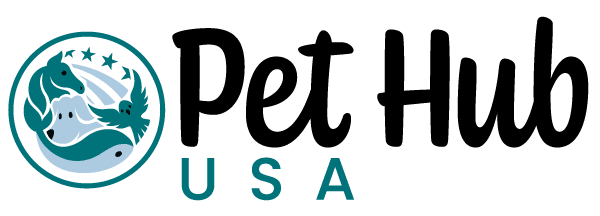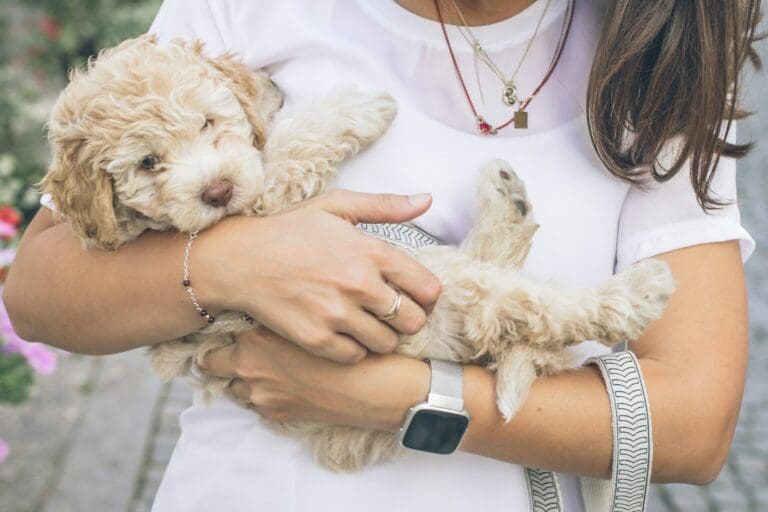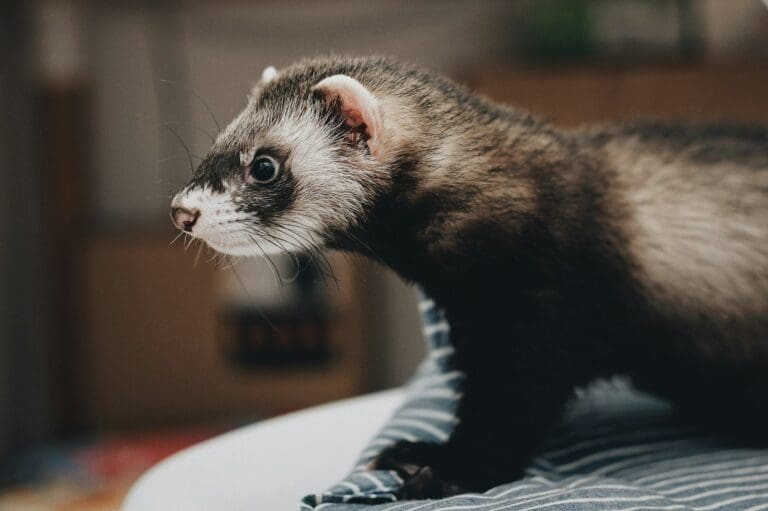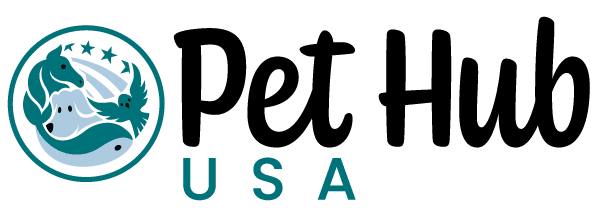Why do dogs like to lay on people? It’s a combination of instinct, biology, and the close bond that humans and dogs share. If you’ve ever wondered why your furry friend insists on snuggling up with you or occupying the same space, you’re not alone.
Let’s explore the reasons why dogs like to lay on people and the significance of this behavior.
1. Pack Mentality
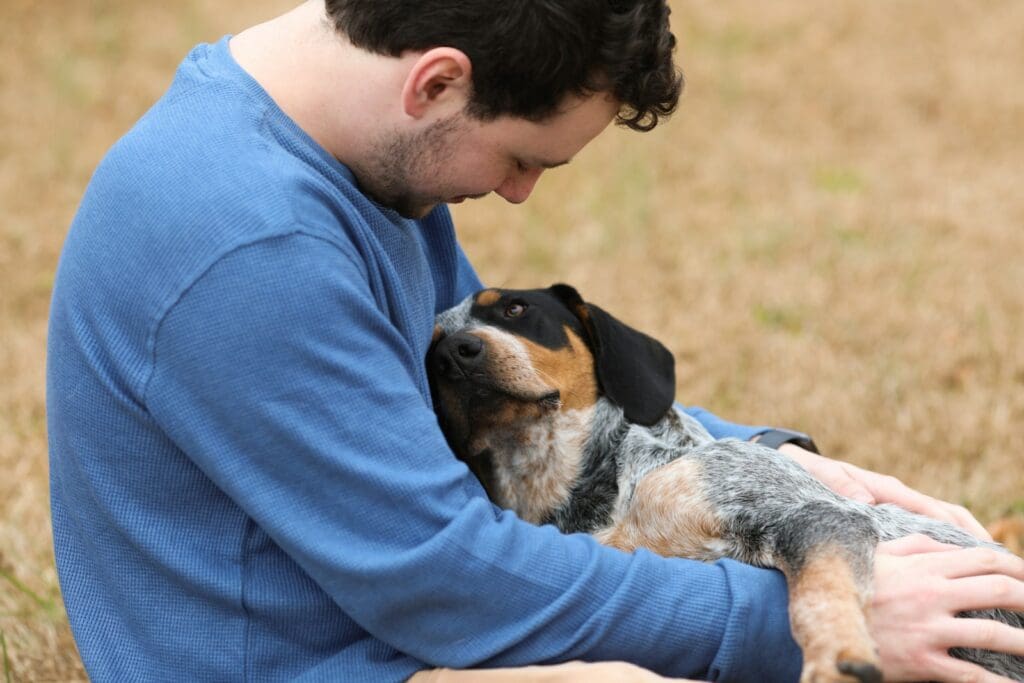
Dogs are pack animals by nature, and in the wild, they sleep close to their pack members for protection, warmth, and a sense of security. By lying on or near their human companions, dogs are instinctively expressing their desire to be close to their “pack,” which in this case, includes you and your family.
2. Warmth and Comfort
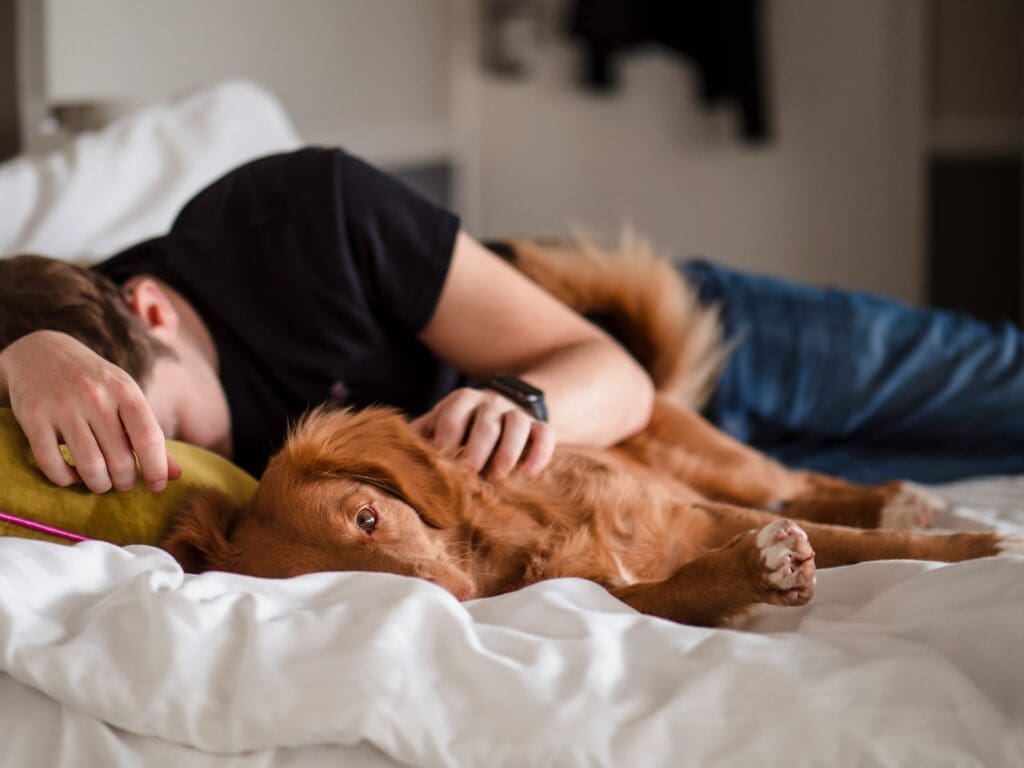
Dogs love warmth, and your body is like a cozy heating pad to them. Your body temperature is higher than theirs, and they find comfort and relaxation in your warmth. Snuggling up against you helps them regulate their body temperature and stay toasty.
3. Bonding and Affection
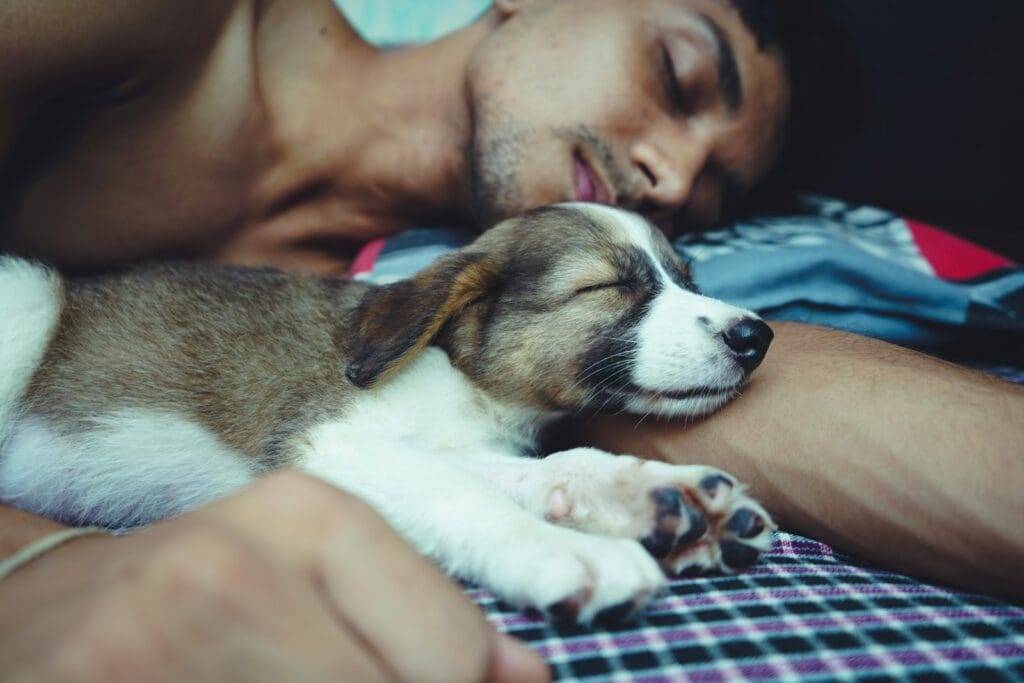
Laying on their human is a sign of affection and a way for dogs to express their love. When a dog snuggles up with you, they are seeking physical closeness and comfort, which deepens the bond between you and your pet.
4. Security and Safety

Dogs may feel safer when they are close to their humans. Your presence provides a sense of security and protection for them. They trust you to keep them safe, and laying on you or leaning against you is their way of seeking reassurance.
5. Attention and Affirmation
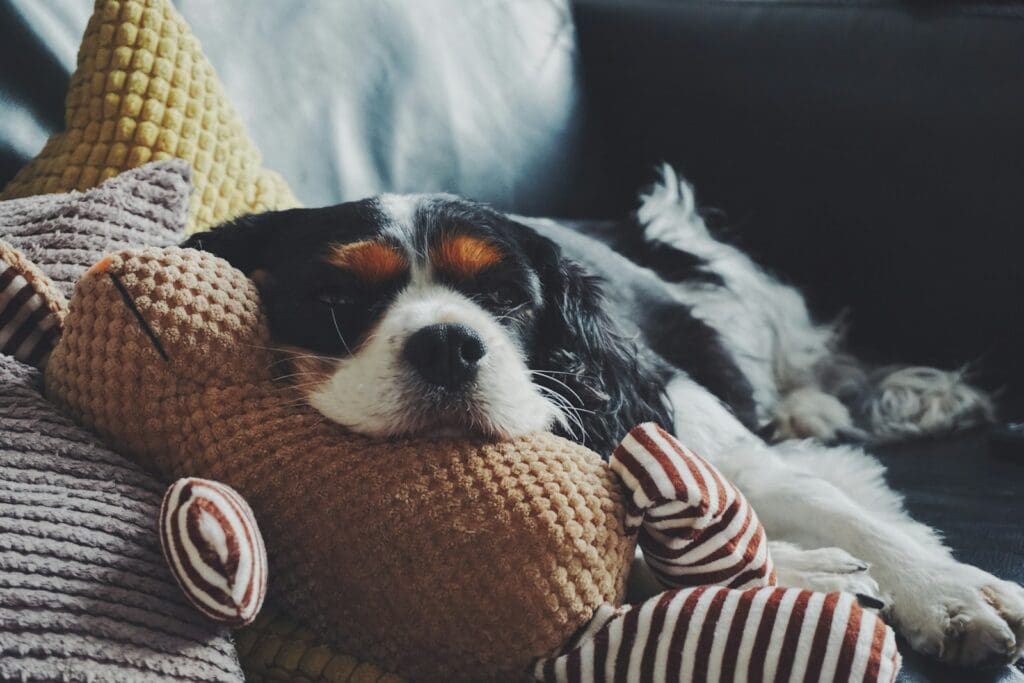
Dogs love attention, and by laying on you, they often receive more pets, belly rubs, and affection. This reinforces their behavior, as they associate laying on you with positive attention and care.
6. Scent and Familiarity

Dogs have a keen sense of smell and are attracted to the familiar scent of their human family members. Laying on you allows them to be surrounded by your scent, which is comforting to them.
7. Hierarchy and Dominance
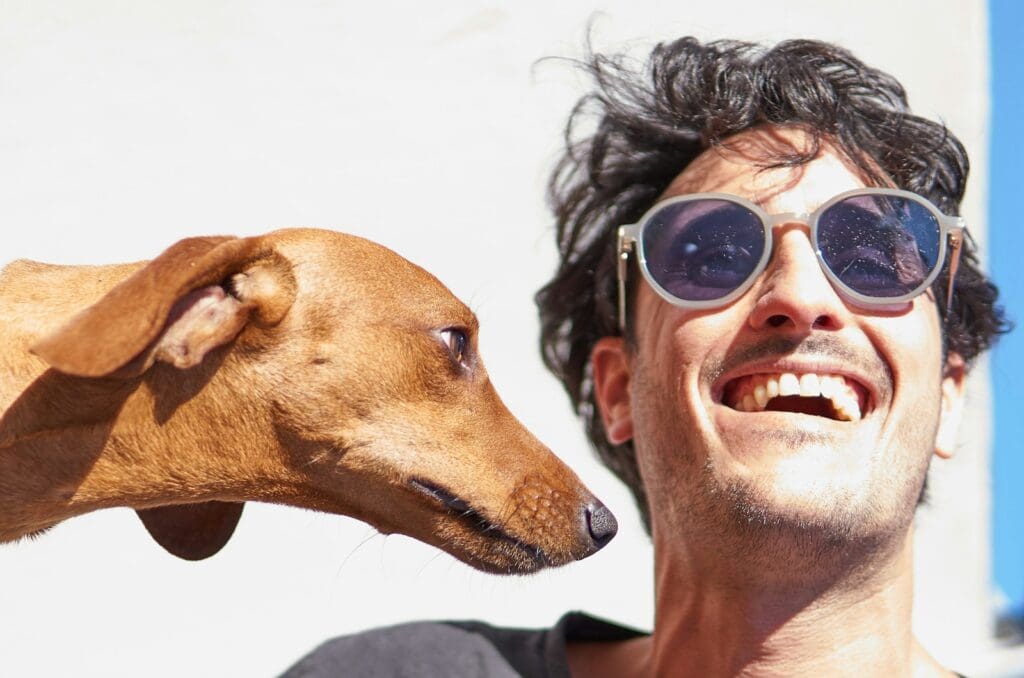
In some cases, dogs may lay on their humans as a way of asserting dominance or establishing themselves as the “alpha.” This is more common in untrained or poorly socialized dogs, but pet owners need to establish a healthy hierarchy and boundaries with their pets.
8. Separation Anxiety
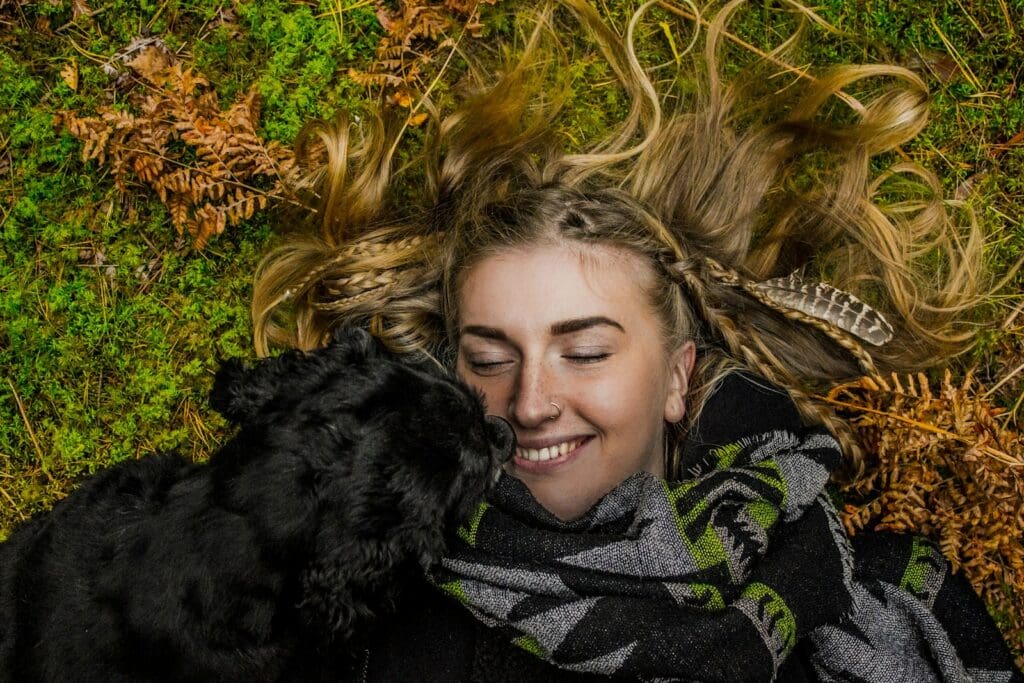
Separation anxiety is a condition in which dogs become stressed and may exhibit behavioral issues when they are left alone.
Signs of separation anxiety include: Trembling, salivating, digging, scratching at doors or windows, destructive chewing, howling, barking, whining, urination, defecation, excessive licking, self-harm, and escape attempts.
9. Hyper-Attachment
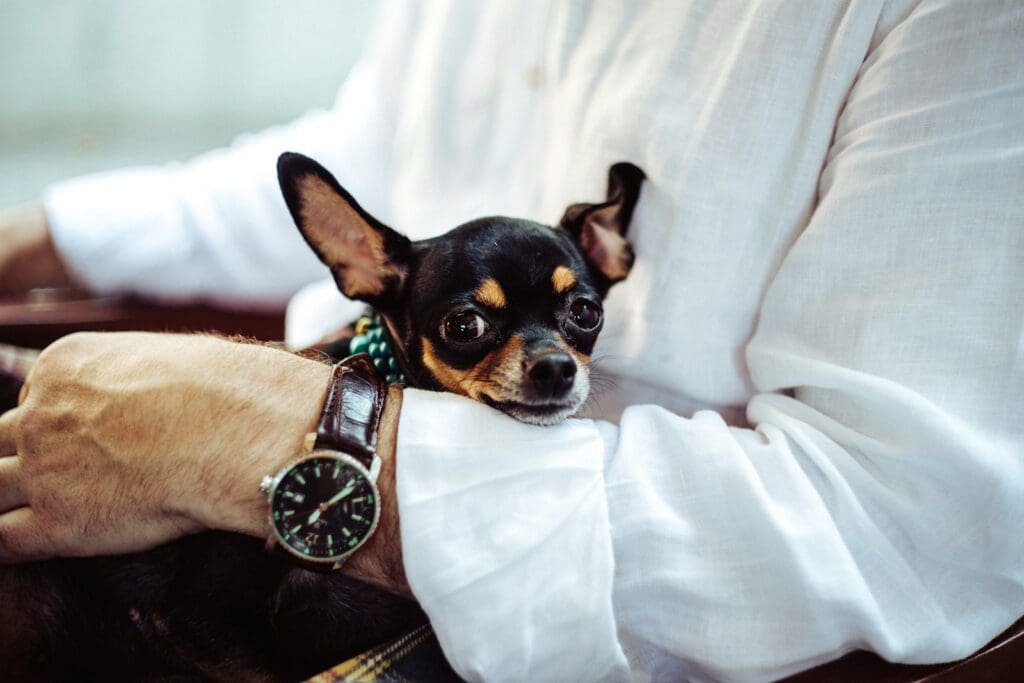
Dogs with separation anxiety may also exhibit signs of behavior termed hyper-attachment. A dog may follow the owner around the house, always staying near and touching the owner in some way, such as resting on their owner’s foot or leaning against them. They may also seek attention from the owner and act uneasy around strangers. When others attempt to handle them, they seek to return to their owner.
10. Jealousy / Resource Guarding
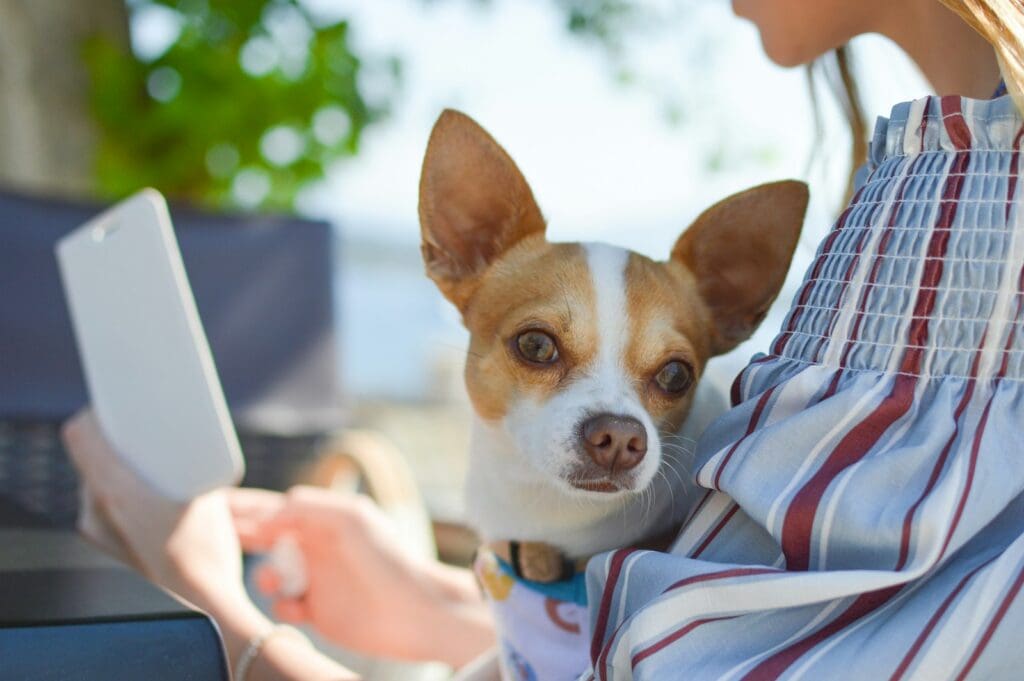
What we call “jealousy” is technically called “resource guarding” in dogs. It’s a situation where dogs claim ownership over their owners and may act aggressively when another person approaches.
Dogs also may engage in resource guarding around environmental objects, and may show anxiety and/or aggression towards people in areas of the environment they lay claim over.
Final Thoughts
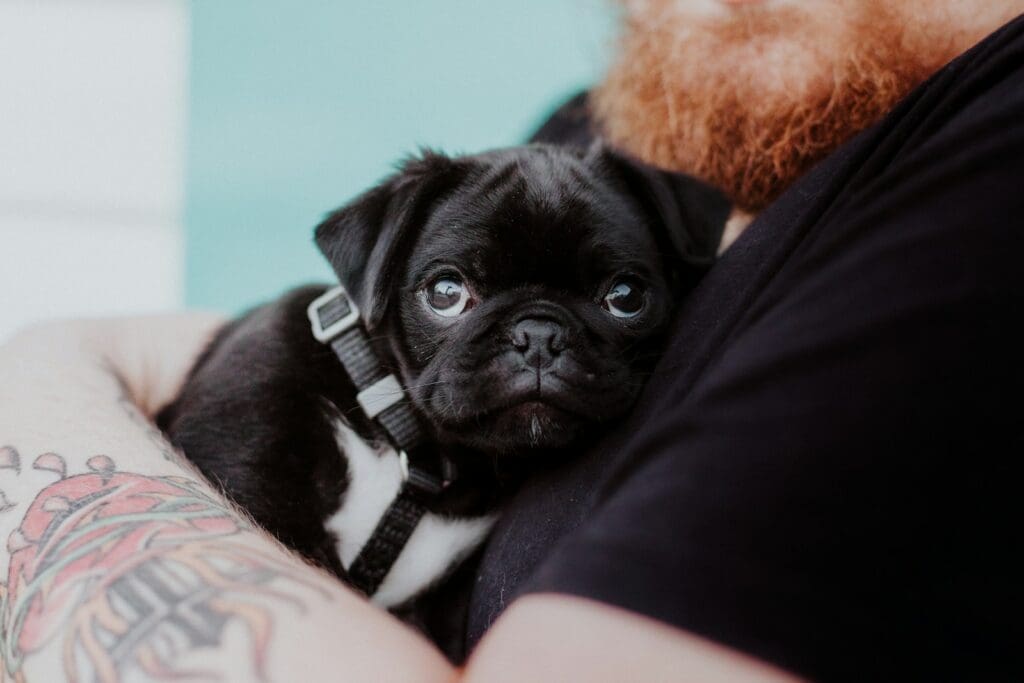
When your dog lays on you or cuddles up close, it’s a sign of their desire for physical warmth and expression of their love and attachment. This behavior is deeply ingrained in their instincts and strengthened by the strong bonds that humans and dogs form. Pet owners need to embrace this behavior as a way of deepening the bond with their furry friends and providing them with the comfort and security they seek.
So, the next time your dog curls up on your lap, cherish the moment and return the affection – it’s a testament to the special relationship you share.
